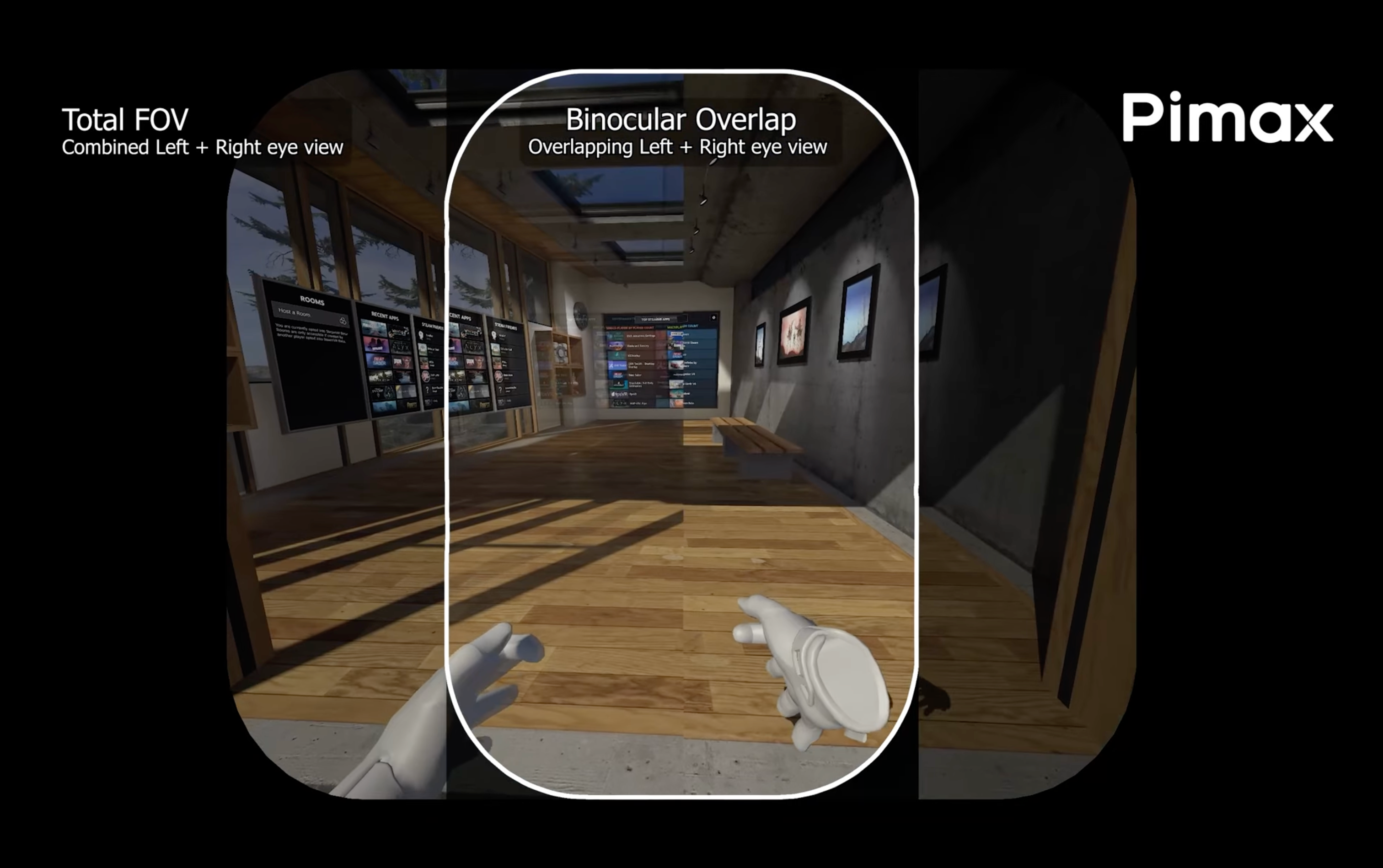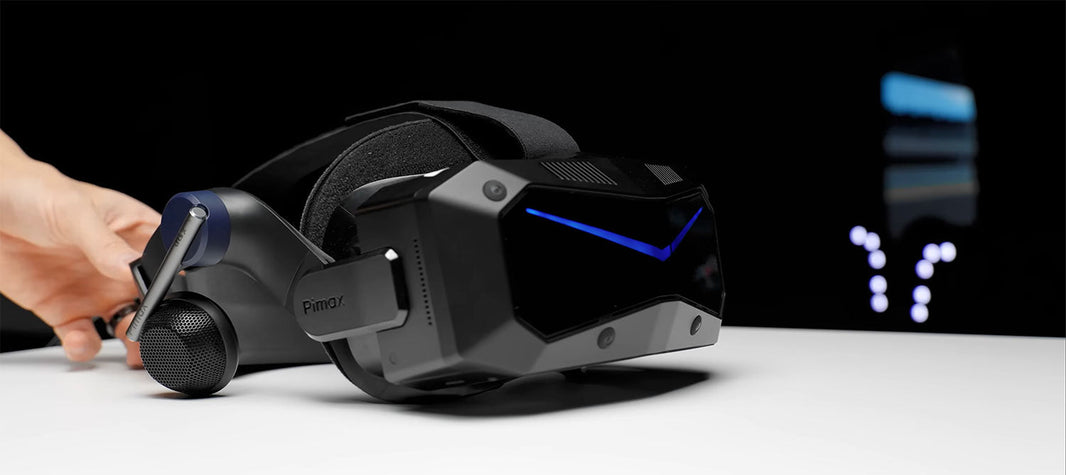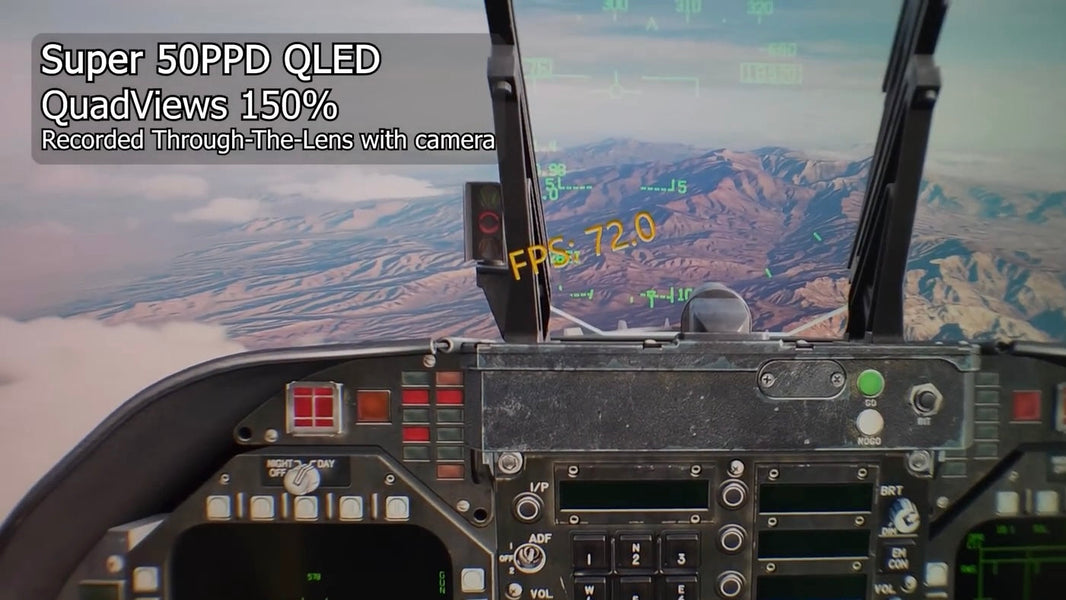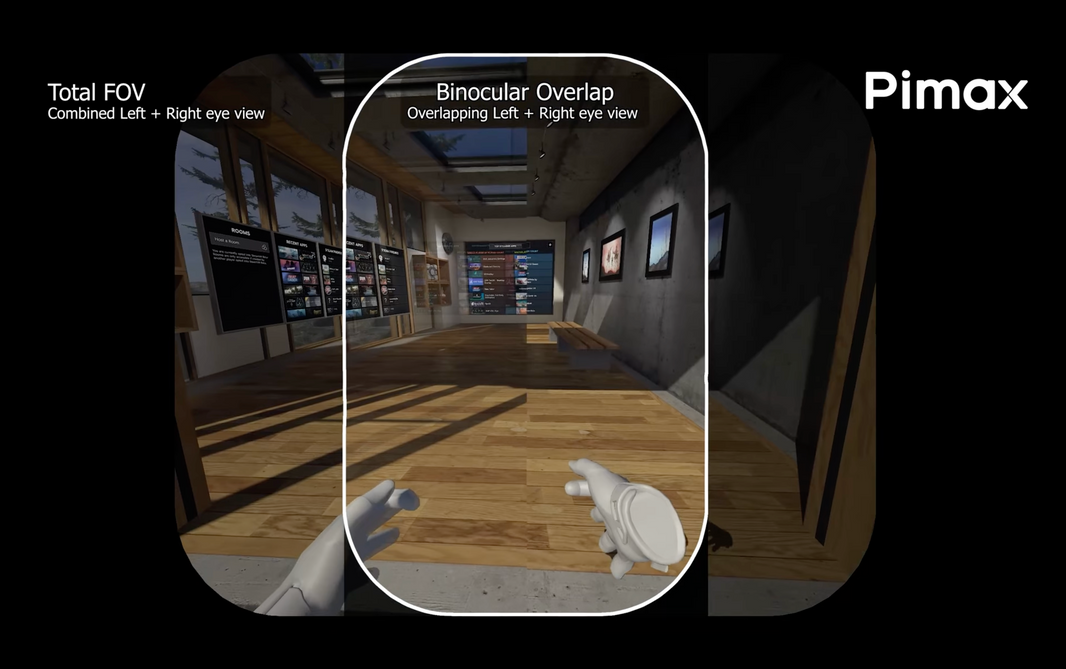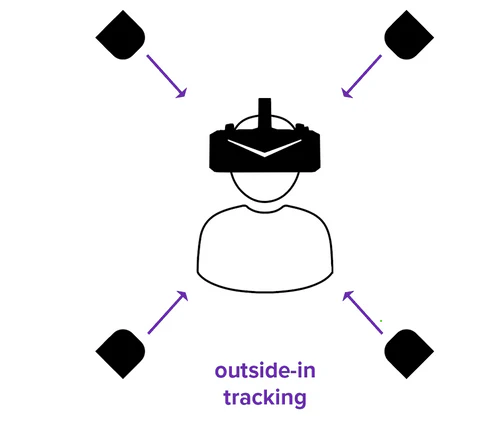When we talk about what makes VR truly immersive, two key factors define experience: field of view and binocular overlap. The FOV determines how much of the virtual world you can see at once, while binocular overlap, the portion of the image visible to both eyes simultaneously, defines how real that world feels. These two are intertwined: push one too far, and you might compromise the other.
Watch Martin’s video to learn more:
Traditionally, VR manufacturers have had to make a choice. Widening the FOV often narrows the overlap, which can lead to eye strain or even motion sickness if pushed too far. That’s why every major headset on the market, from the Meta Quest to Pimax’s earlier models, has been built around a single, carefully balanced “distortion profile.” It’s a one-size-fits-all compromise between expansive vision and comfortable 3D depth.
Variable Binocular Overlap
Pimax is pioneering a new approach: Variable Binocular Overlap, a feature that will allow users to dynamically adjust their headset’s optical profile based on their preference. Want to maximize immersion with a panoramic 116° horizontal FOV? You can. Prefer to enhance stereo clarity and reduce eye fatigue with 95° or even 99° of overlap? You can do that too, all without switching headsets.

-
Profile 1: 116° HFOV, 88°VFOV, 82° overlap (~73% stereo coverage)
-
Profile 2: 103° HFOV, 88°VFOV, 95° overlap (~92% stereo coverage)
-
Profile 3: 107° HFOV, 113°VFOV, 99° overlap (~93% stereo coverage)
Each profile offers a different visual “feel”, from wide cinematic immersion to crystal-clear stereo depth, letting users find their personal balance between scope and comfort.
Why It Matters
-
Flight sim and racing enthusiasts may prefer wider FOVs for situational awareness.
-
Casual or long-session gamers might choose higher overlap to reduce eye strain.
-
Developers and testers can fine-tune visuals to match their target user base.
And because different overlap settings change the render resolution, it also affects performance. For example, switching from a 116° HFOV to a 103° HFOV profile can reduce the pixel count by up to 7%, which directly translates into higher frame rates and smoother gameplay — all without noticeable visual loss.



The Road Ahead
Pimax engineers are continuing to refine these profiles, aiming to integrate Variable Binocular Overlap control directly into the Pimax Play software. In the near future, users will be able to switch between configurations with a simple toggle — transforming their headset from a wide-FOV simulator beast to a precision stereo headset for long, comfortable sessions.


